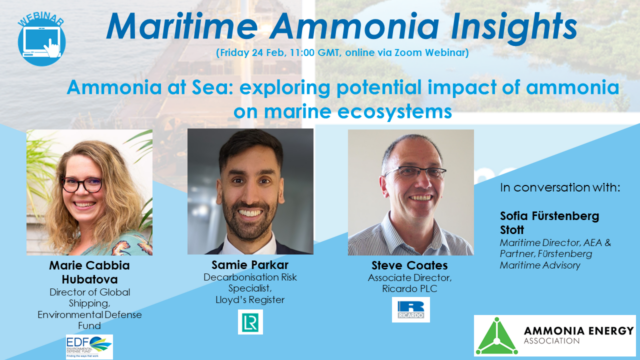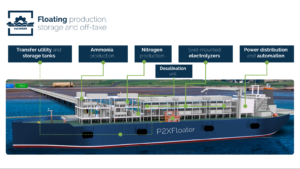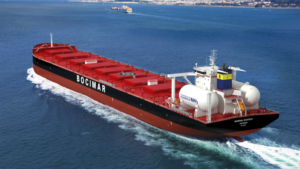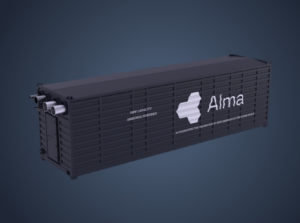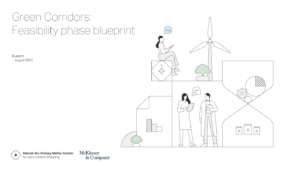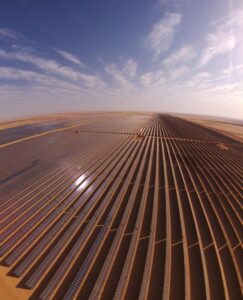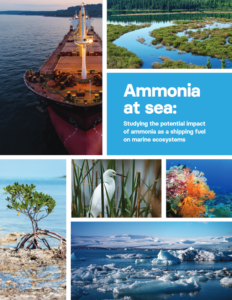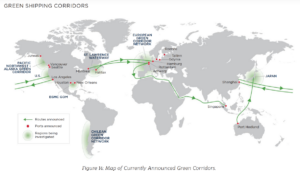Ammonia at Sea: exploring the potential impact on marine ecosystems
Hear more from the authors of the Ammonia at Sea report: an analysis of everything currently known about ammonia’s behaviour in the aquatic environment, plus the potential impacts of the use of ammonia as a marine fuel.
